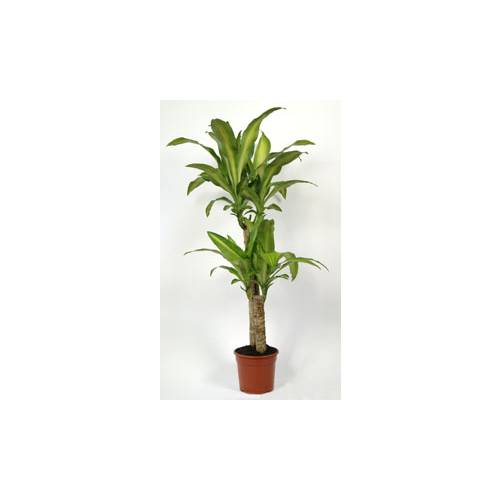
Each plant has its needs
Houseplants and interior plants
- Details
-
In an apartment house plants have everything they need to do well and also they are close at hand which makes looking after them easier. To make them last for a long time they need to be looked after like proper plants and not just put in a corner after being bought!
Before planting...
First check out the light conditions: this is the most important factor of all! Plants need light to grow, as it is their source of energy. The rooms we live in are dark. Imagine: a 50-watt energy efficient bulb is sufficient to light a 10-metre square room, enough that we can see or read. In the South of France in the summer, the sun provides 1000 watts per square metre and not 5 watts! A south facing bright room will receive only 10% of this energy. It is therefore necessary to choose houseplants that can tolerate shade. The dieffenbachias (Dumb cane), aglaonemas, interior ivies and ferns can all grow in a room that receives little light as long as they are near a window. The succulents and cacti all need plenty of light. Do not hesitate to put them next to a window but get them use to it slowly. They can suffer from "sun burn" if they have previously lacked light.
Think about adapting the substratum (the "soil the plant grows in") depending on the specific needs of the plant. Houseplants need compost that is rich in humus yet free draining after watering. It should not have too much peat as this makes it harder to wet if it has dried out.
At planting time
Once you have bought your houseplant, repot it. It is a bit of work but hopefully you will be keeping it for a long time. Choose a pot that is a little larger than the current pot and with drainage holes. On a plastic sheet remove the plant from its pot and untangle the root ball so that a few of the roots are free. If the substratum is very fibrous, try to remove as much as possible. Make a 2cm deep layer of clay beads at the bottom of the pot then cover with a few centimetres of compost. Put the plant in the pot and fill the empty space between the plant and pot with compost. Push the compost well down using either your hand or a stick. Once the compost is within 2cm of the top water the pot well and place it in a suitably light position.
Looking after them
Regularly wipe the leaves with a damp sponge, do not use any product to make the leaves shine, as dust will be attracted to the leaves. Add a little fertilizer if the plant is growing a lot. If some of the stems tend to stretch out and have spaced out leaves this indicates the plant is not getting enough light. Move it closer to the light. If you do not want the plant to get too big then regularly cut of the end of the stems this will oblige it to ramify. - Photos (2)


